I am in love with this unnamed portrait by Malin Fezehai. This portrait was taken in landscape orientation, capturing a scene of two young black girls in the foreground, and several similarly dressed adults in the background. The two girls in the foreground both wore gray hooded shoals, floral gowns tattered with white buttons, and a necklace with an iteration of a cross at the center. The two girls occupy the left two-thirds of the frame, looking directly into the camera with a piercing stare, almost as if to reject the viewers’ presence into their cultural space. The centered girl did not have her hood on and was holding a flaming stick, serving as a torch, at around chest height. The flame illuminates her face and exposed clavicle with warm-toned natural light, casting shadows above her lips, down her nose bridge, and atop her clavicle. The other girl on the left third of the frame, who, judging by proximity and appearance, appeared to be her sister, had half of her face submerged in shadow. The position of the flame cast a heavy shadow on the right side of her face, essentially splitting her face in half with highlights on the tip of her nose, left half of her jaw, cheek, and eye socket. By utilizing high contrast of lights and darks paired with the girls’ seemingly unshakable glare, Fezehai established intense visual drama by creating an extremely unsettling atmosphere. Looking at this photograph, I felt that the two girls were studying me, declaring that they could see me even if no one else could, and telling me to leave all at once.
Fezehai frames the adults in the background across the top third of the frame, creating a visual hierarchy that begins at the eyes of the children and guides the viewer to the adults in the background. This framing can also represent the cultural hierarchy of the community, with the elders at the top and children below. The adults are wearing gray shoals wrapped around their heads and some of which are also carrying torches. The torches the adults are holding are considerably thicker than the one the young girl in the foreground has in her hand. Furthermore, in the rightmost third of the frame, the background shows a woman wrapped in a red and gray shoal instead of the much more prevalent solid gray shoals that almost everyone else wore. These differences between the children in the foreground and the adults in the background could represent the childrens’ cultural infancy to not yet being able to fully embody the traditions of their elders. The asymmetry of the composition and the lone hooded person in the bottom right corner of the frame also contributed to the mystery of these people’s culture. Whether they were crouching to pick something up, or they are a dejected member of this community the viewer will never know. Still, framing the children by surrounding them with their culture’s elders creates a strong sense of belonging, community, and protectiveness from the children’s perspective, while also instilling an ever-present unease to the viewers for intruding into a cultural space many of us have no part in.
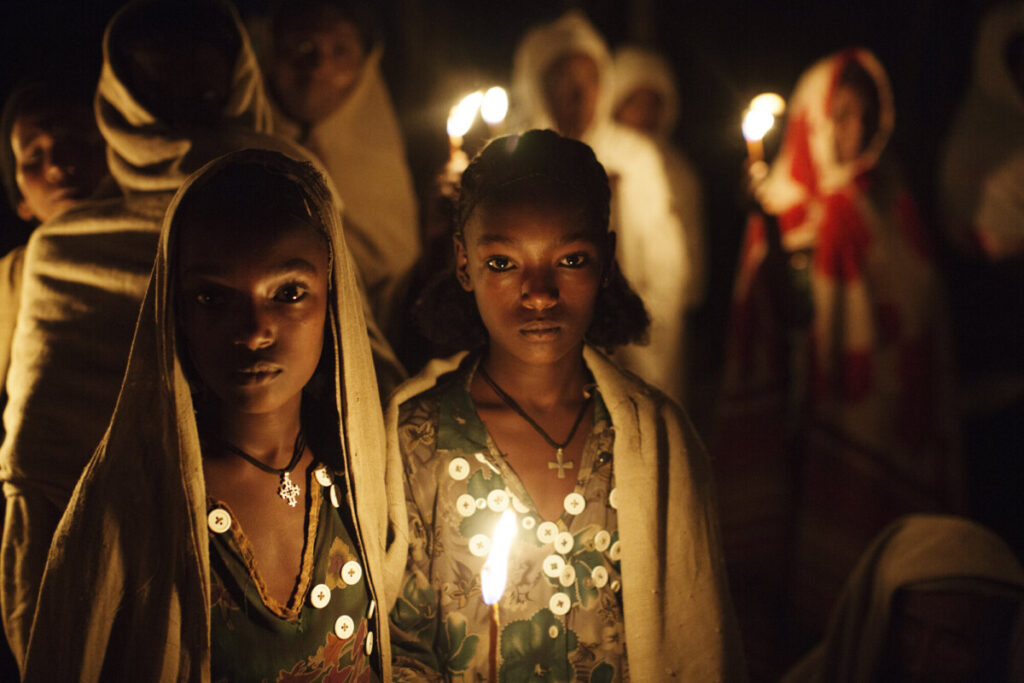
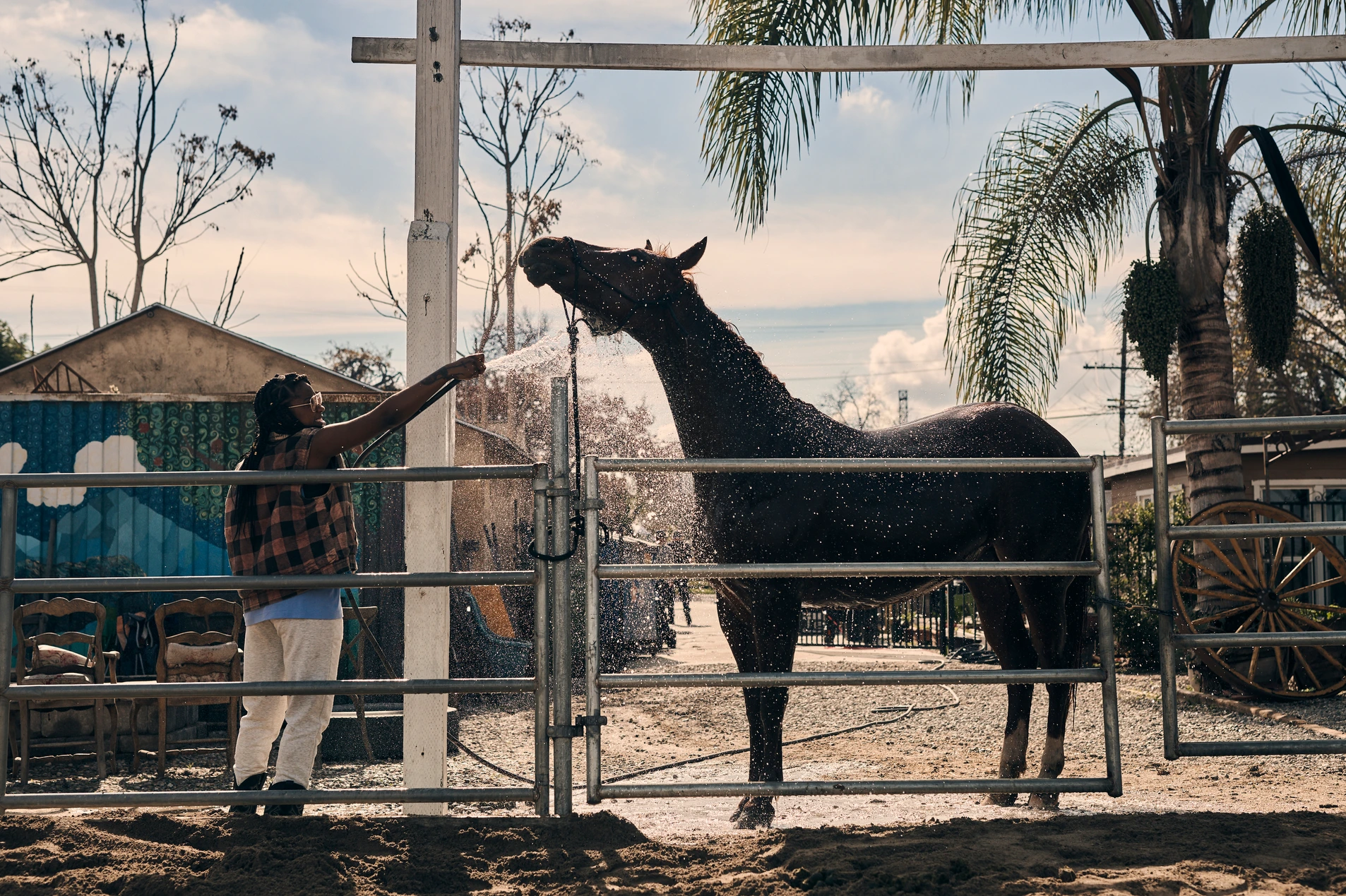
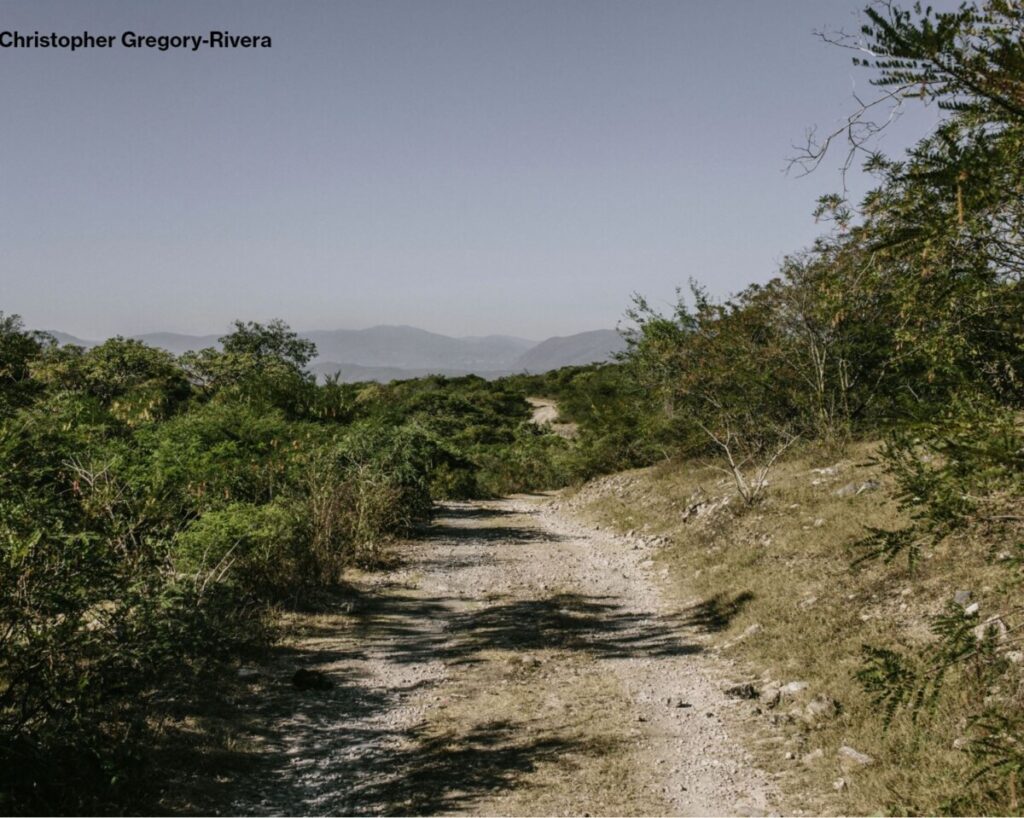
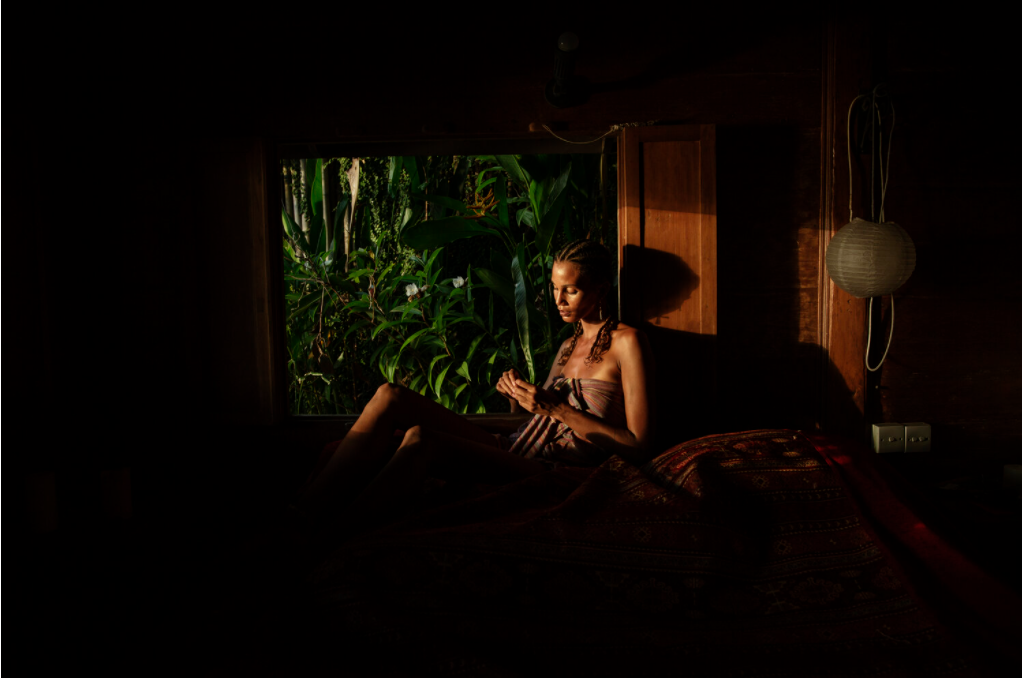
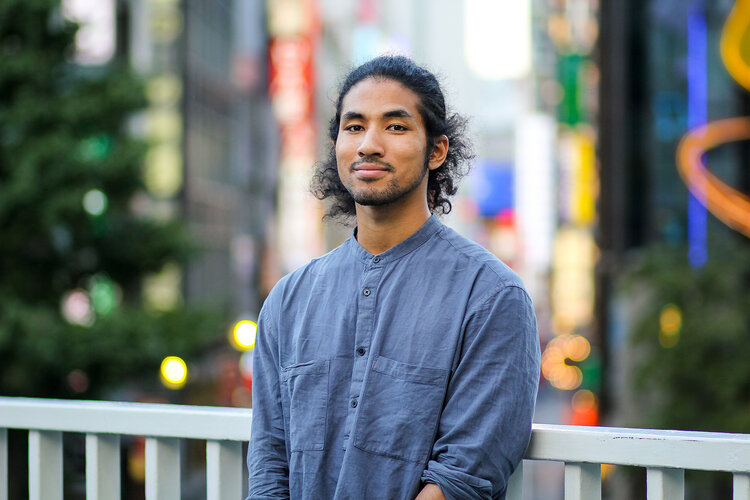




Recent Comments